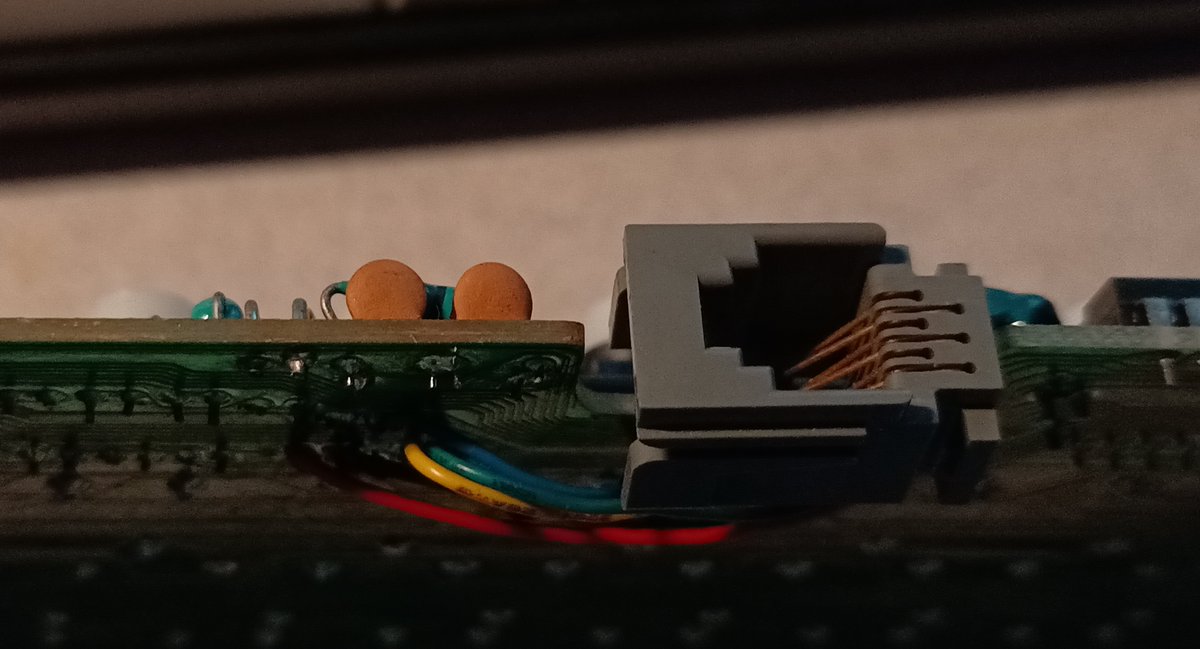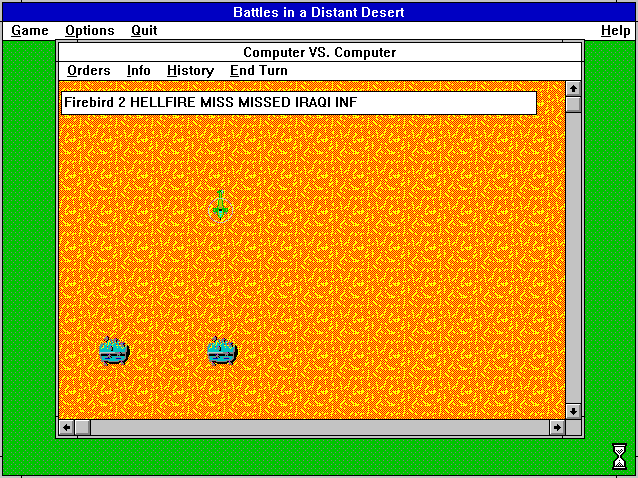Even with devices this small, we couldn't make 13 sextillion of them in 60 years.
A fun fact on the wikipedia page for the metal–oxide–semiconductor field-effect transistor:
it is the most frequently manufactured device in history, and the total number manufactured from 1960-2018 is 13 sextillion.
That's 13,000,000,000,000,000,000,000.
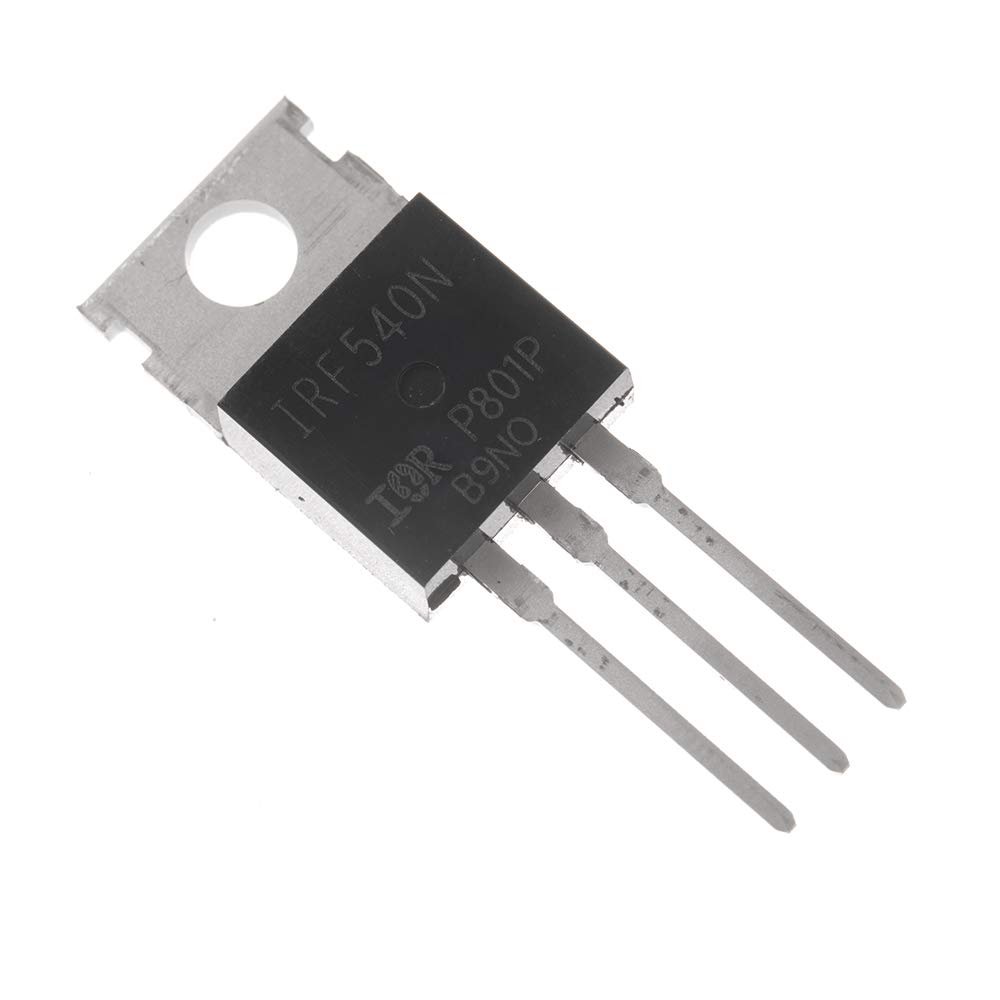
Even with devices this small, we couldn't make 13 sextillion of them in 60 years.
In 2017, it was estimated a billion are made every year.
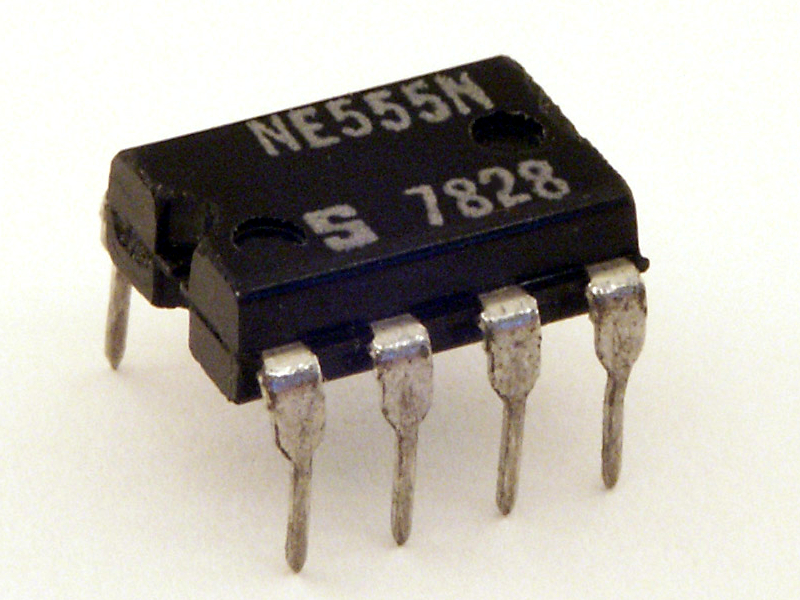
(from Ken Shirriff's blog)
https://t.co/mz5PQDjYqF
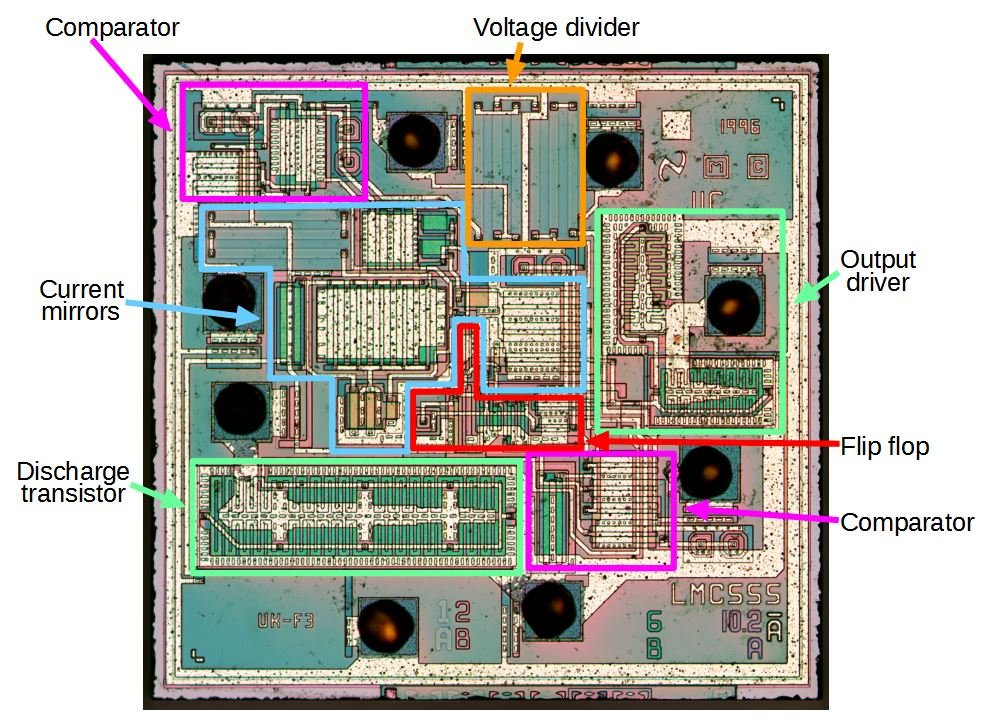
about 25. Not many, but it's a very simple chip.
There's no specs on that specific chip that I can see, but the Tegra Xavier (Which is effectively the Tegra X3) has 7 billion transistors.
So even if the X1 only has 1/7th as many transistors as the Xavier, that's still 70 quadrillion transistors.
That's a rounding error. The CPU/GPU chip is only a small percentage of the number of transistors in the Switch.
One way to make LCDs is with Thin-film transistors, where there's actually a transparent MOSFET layer which each individual subpixel has a transistors.
So it's not the screen.
This is where you build a MOSFET where instead of acting like a switch, the gate electrically isolated, and doesn't easily change.
Basically you can run a current through the mosfet, and based on if it was charged or not, it'll have a different threshold voltage.
And it's taken over the world in the 41 years since it was invented.
You need at minimum one MOSFET for every single bit you store, plus a bunch more to handle addressing and writing and erasing and controlling.
That's not a lot. Your computer or phone probably has at least 4 times that much.
And Nintendo has sold 70 million of those.
More from foone
Everyone likes to forget this episode just because it's terrible, but we were really sleeping on inherent comedy in a unfreezing an investor 300 years in the future and having them discover we've transitioned to a moneyless post-scarcity utopia.
it's like a classic twilight zone episode.
in fact, it IS a twilight zone episode.
The Rip Van Winkle Caper, Season 2, episode 24.
Four criminals steal a million dollars of gold bars, then put themselves in suspended animation for a hundred years to hide from the law.
they wake up, then start killing each other from mistrust, then the last one dies in the desert, as he offers a gold bar to the driver of a passing car, asking for water and a ride into town
the confused driver walks back to his car with the bar, and his wife asks what the gold bar is.
he says something like "It's gold... they used to use this for money, before we figured out a way to manufacture it."
He tosses it away, and drives off.
— Star Trek Minus Context (@NoContextTrek) January 28, 2021
it's like a classic twilight zone episode.
in fact, it IS a twilight zone episode.
The Rip Van Winkle Caper, Season 2, episode 24.
Four criminals steal a million dollars of gold bars, then put themselves in suspended animation for a hundred years to hide from the law.
they wake up, then start killing each other from mistrust, then the last one dies in the desert, as he offers a gold bar to the driver of a passing car, asking for water and a ride into town
the confused driver walks back to his car with the bar, and his wife asks what the gold bar is.
he says something like "It's gold... they used to use this for money, before we figured out a way to manufacture it."
He tosses it away, and drives off.
More from Tech
The entire discussion around Facebook’s disclosures of what happened in 2016 is very frustrating. No exec stopped any investigations, but there were a lot of heated discussions about what to publish and when.
In the spring and summer of 2016, as reported by the Times, activity we traced to GRU was reported to the FBI. This was the standard model of interaction companies used for nation-state attacks against likely US targeted.
In the Spring of 2017, after a deep dive into the Fake News phenomena, the security team wanted to publish an update that covered what we had learned. At this point, we didn’t have any advertising content or the big IRA cluster, but we did know about the GRU model.
This report when through dozens of edits as different equities were represented. I did not have any meetings with Sheryl on the paper, but I can’t speak to whether she was in the loop with my higher-ups.
In the end, the difficult question of attribution was settled by us pointing to the DNI report instead of saying Russia or GRU directly. In my pre-briefs with members of Congress, I made it clear that we believed this action was GRU.
The story doesn\u2019t say you were told not to... it says you did so without approval and they tried to obfuscate what you found. Is that true?
— Sarah Frier (@sarahfrier) November 15, 2018
In the spring and summer of 2016, as reported by the Times, activity we traced to GRU was reported to the FBI. This was the standard model of interaction companies used for nation-state attacks against likely US targeted.
In the Spring of 2017, after a deep dive into the Fake News phenomena, the security team wanted to publish an update that covered what we had learned. At this point, we didn’t have any advertising content or the big IRA cluster, but we did know about the GRU model.
This report when through dozens of edits as different equities were represented. I did not have any meetings with Sheryl on the paper, but I can’t speak to whether she was in the loop with my higher-ups.
In the end, the difficult question of attribution was settled by us pointing to the DNI report instead of saying Russia or GRU directly. In my pre-briefs with members of Congress, I made it clear that we believed this action was GRU.
The 12 most important pieces of information and concepts I wish I knew about equity, as a software engineer.
A thread.
1. Equity is something Big Tech and high-growth companies award to software engineers at all levels. The more senior you are, the bigger the ratio can be:

2. Vesting, cliffs, refreshers, and sign-on clawbacks.
If you get awarded equity, you'll want to understand vesting and cliffs. A 1-year cliff is pretty common in most places that award equity.
Read more in this blog post I wrote: https://t.co/WxQ9pQh2mY
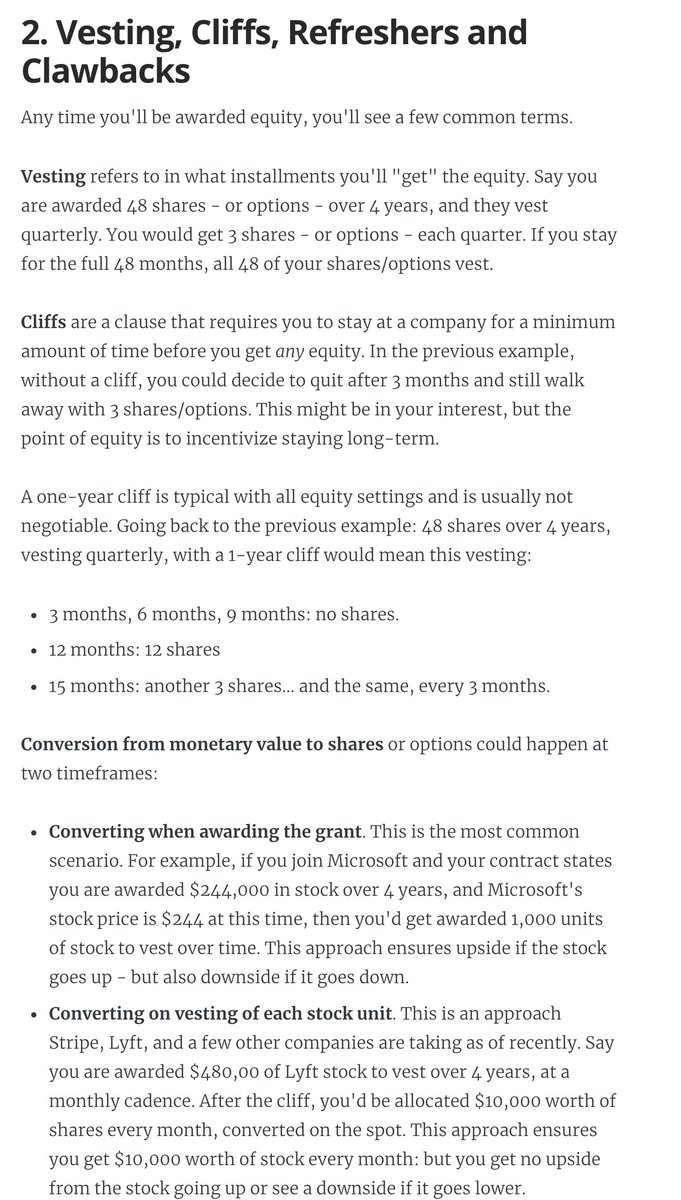
3. Stock options / ESOPs.
The most common form of equity compensation at early-stage startups that are high-growth.
And there are *so* many pitfalls you'll want to be aware of. You need to do your research on this: I can't do justice in a tweet.
https://t.co/cudLn3ngqi
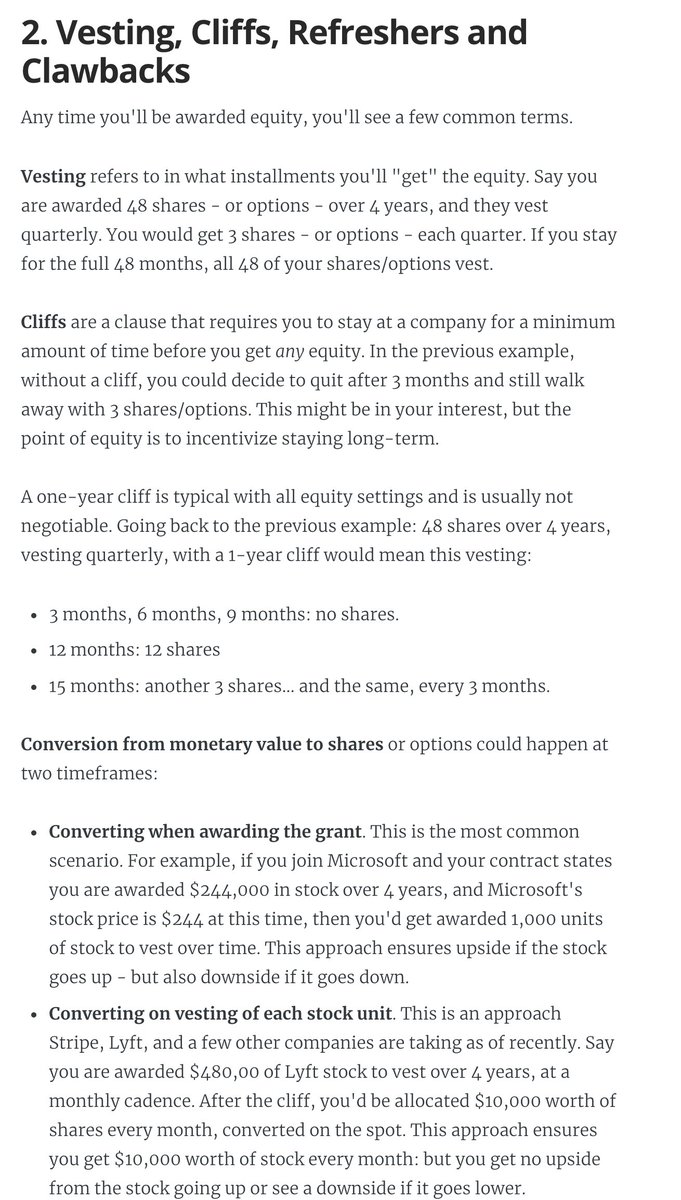
4. RSUs (Restricted Stock Units)
A common form of equity compensation for publicly traded companies and Big Tech. One of the easier types of equity to understand: https://t.co/a5xU1H9IHP
5. Double-trigger RSUs. Typically RSUs for pre-IPO companies. I got these at Uber.
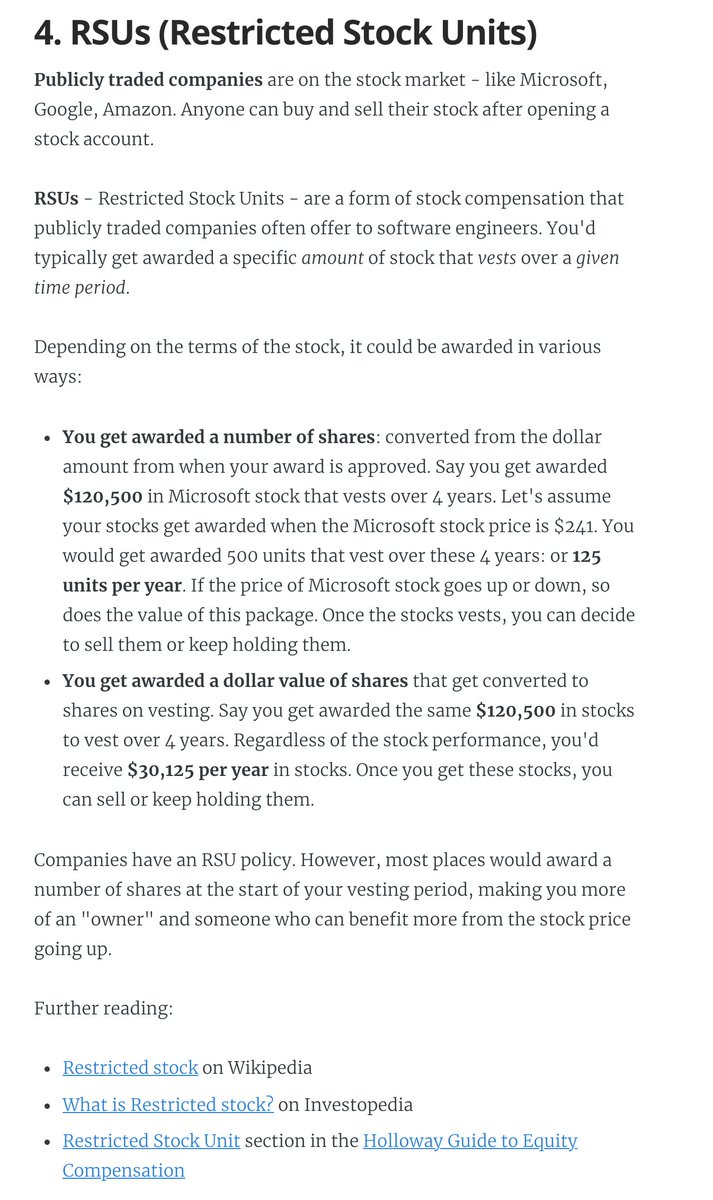
6. ESPP: a (typically) amazing employee perk at publicly traded companies. There's always risk, but this plan can typically offer good upsides.
7. Phantom shares. An interesting setup similar to RSUs... but you don't own stocks. Not frequent, but e.g. Adyen goes with this plan.
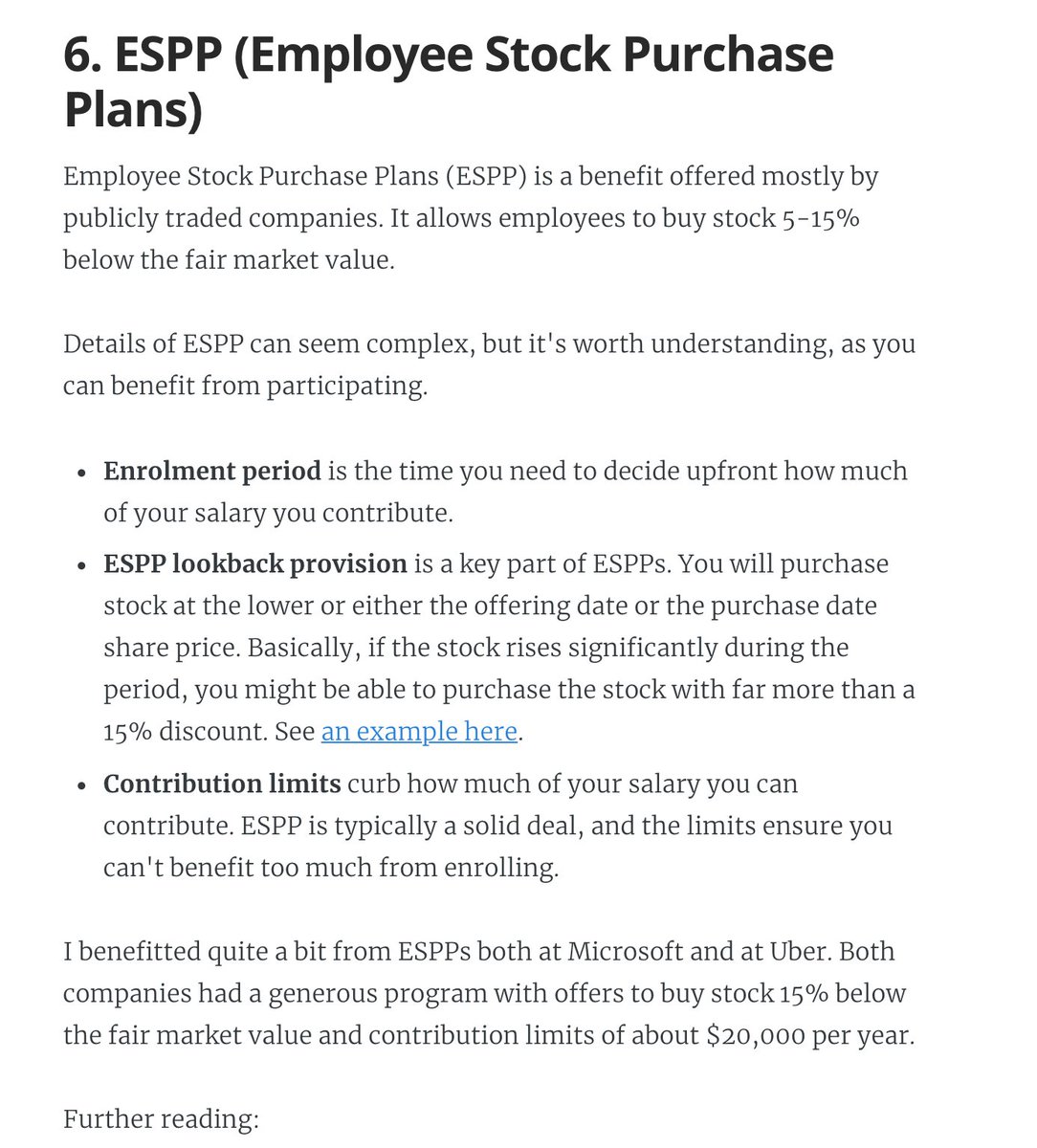
A thread.
1. Equity is something Big Tech and high-growth companies award to software engineers at all levels. The more senior you are, the bigger the ratio can be:

2. Vesting, cliffs, refreshers, and sign-on clawbacks.
If you get awarded equity, you'll want to understand vesting and cliffs. A 1-year cliff is pretty common in most places that award equity.
Read more in this blog post I wrote: https://t.co/WxQ9pQh2mY

3. Stock options / ESOPs.
The most common form of equity compensation at early-stage startups that are high-growth.
And there are *so* many pitfalls you'll want to be aware of. You need to do your research on this: I can't do justice in a tweet.
https://t.co/cudLn3ngqi

4. RSUs (Restricted Stock Units)
A common form of equity compensation for publicly traded companies and Big Tech. One of the easier types of equity to understand: https://t.co/a5xU1H9IHP
5. Double-trigger RSUs. Typically RSUs for pre-IPO companies. I got these at Uber.

6. ESPP: a (typically) amazing employee perk at publicly traded companies. There's always risk, but this plan can typically offer good upsides.
7. Phantom shares. An interesting setup similar to RSUs... but you don't own stocks. Not frequent, but e.g. Adyen goes with this plan.




